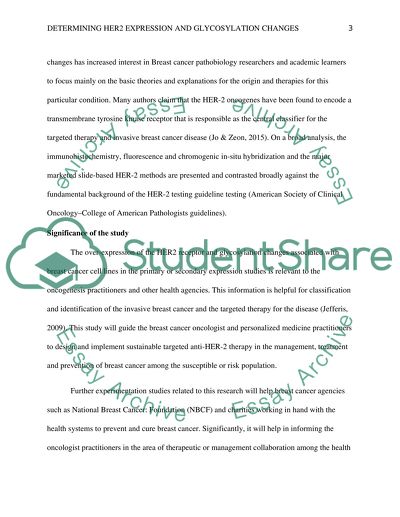Cite this document
(Determining HER2 Expression and HER2 Glycosylation Changes Research Paper, n.d.)
Determining HER2 Expression and HER2 Glycosylation Changes Research Paper. https://studentshare.org/chemistry/1684844-design-study-on-her2-overexpression-and-her2-glycobiology-changes
Determining HER2 Expression and HER2 Glycosylation Changes Research Paper. https://studentshare.org/chemistry/1684844-design-study-on-her2-overexpression-and-her2-glycobiology-changes
(Determining HER2 Expression and HER2 Glycosylation Changes Research Paper)
Determining HER2 Expression and HER2 Glycosylation Changes Research Paper. https://studentshare.org/chemistry/1684844-design-study-on-her2-overexpression-and-her2-glycobiology-changes.
Determining HER2 Expression and HER2 Glycosylation Changes Research Paper. https://studentshare.org/chemistry/1684844-design-study-on-her2-overexpression-and-her2-glycobiology-changes.
“Determining HER2 Expression and HER2 Glycosylation Changes Research Paper”. https://studentshare.org/chemistry/1684844-design-study-on-her2-overexpression-and-her2-glycobiology-changes.


